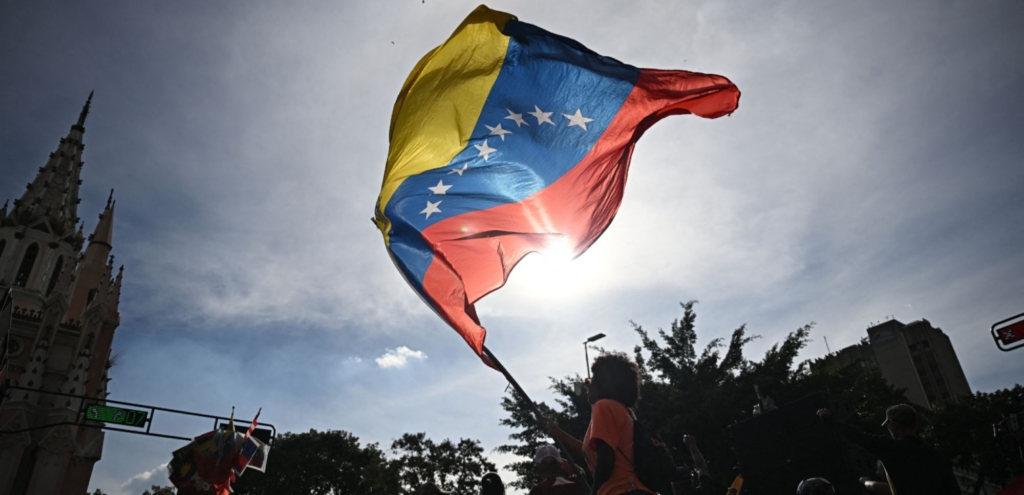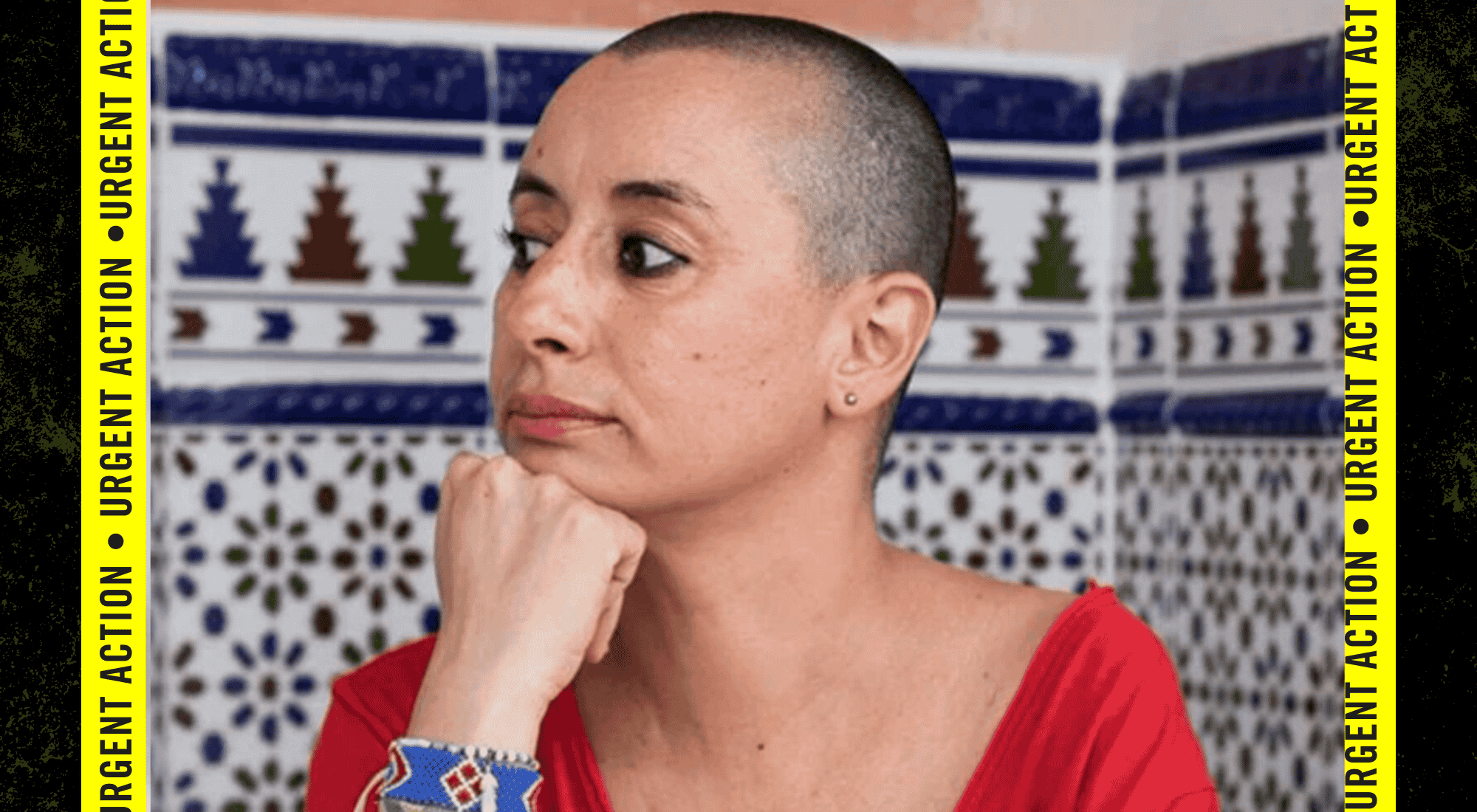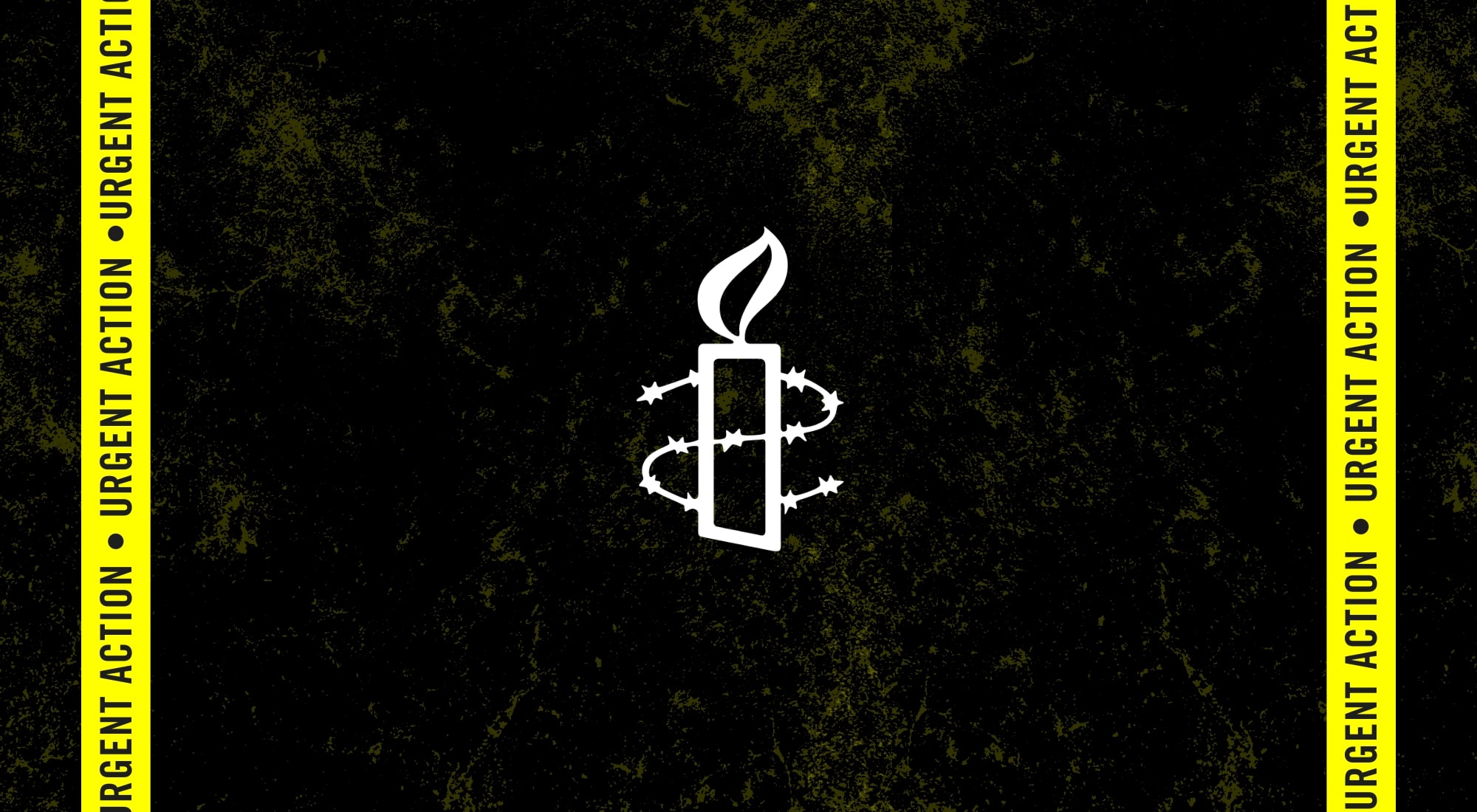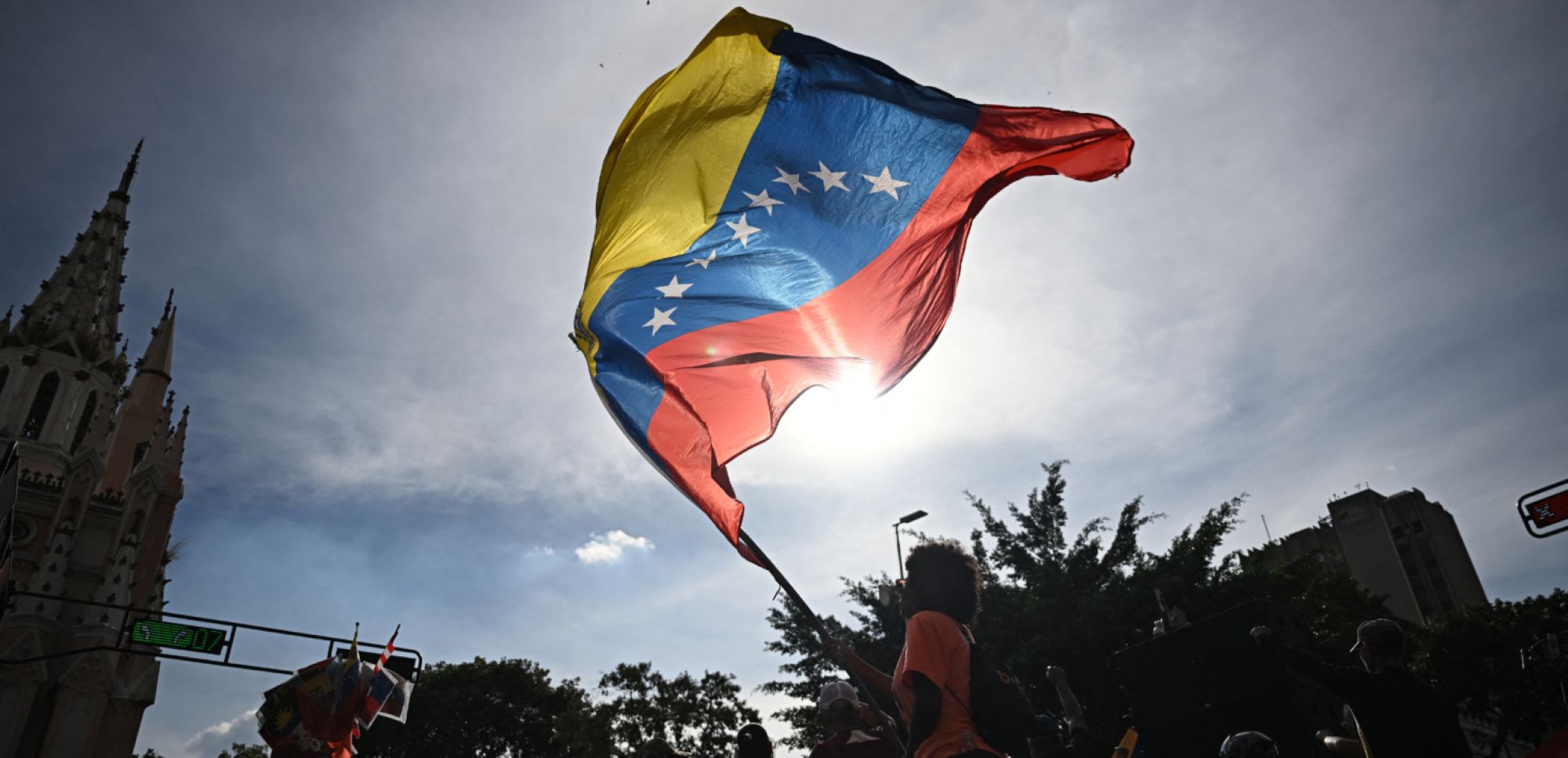On the 30th anniversary of the adoption of the Convention against Torture, the man in charge of pushing states to stamp out the despicable practice, a torture survivor himself, looks back at his harrowing experience and the challenges facing the global fight against torture.
,
, When one cold morning in 1975, young Argentinean human rights lawyer Juan Mendez saw two police officers vigorously walking towards him on a quiet street in Buenos Aires, he immediately knew he was in great danger.
,
It was a time of upheaval. As the violent military junta was in the process of taking power by force his work on behalf of political prisoners was a dangerous, life-threatening business.
,
Without uttering a word, the officers grabbed Juan, blindfolded him, shoved him into a car and took him to a police station. A few hours later they handed him over to the intelligence services.
,
“At the time I knew full well that all those accused of being ‘subversives’ were tortured ruthlessly. The first thing that came to my mind when the police took me is that I had to stay strong and not reveal anything that could lead to the detention and torture of other colleagues,” said Juan Mendez.
,
His suspicions were spot-on. The questioning, which went on for nearly three days, was ruthless. Interrogators electrocuted him while asking him about his work and the people he knew. They did the unthinkable to try and get him to reveal names, addresses, phone numbers and anything that would lead to more arrests and more torture.
, On one occasion, an officer put a gun inside the Juan’s mouth and pulled the trigger. The gun was empty.
,
“I was very scared during the interrogations. Twice they had to call a doctor to check if they could continue torturing me without killing me. Only then did I realize that I could die. But when you are in that situation you live minute by minute, thinking of the moment when the torturers will get tired and stop so you can have a break,” he explained.
,
On the third day and without warning or an explanation, Juan was transferred to a prison. He was held there for 18 months, without charge, before being released and forced into exile. He was put on a plane and flown to France where he was reunited with his wife and young children, who were already living in exile.
,
“When I arrived in France I had mixed emotions as I knew I was leaving many people behind, in terrible situations. I was lucky to be able to leave but starting over with a young family was very hard,” he said.
,
“All the years I spent abroad I was obsessed with what was happening in Argentina. I moved to Washington and there I was in constant communication with human rights groups and became specialized in the issue of torture.”
,
Over the course of Argentina’s eight year-long violent dictatorship, thousands of people were arbitrarily arrested, taken to secret detention centres and tortured, many as punishment for their legitimate human rights work: 30,000 are still missing.
, Similar stories of torture and other ill-treatment had been emerging from all corners of the world, but it wasn’t until the publication of Amnesty International’s ground-breaking study in 1973 that the true extent of the use of torture came to light.
,
The 225-page document kick-stated the world’s first ever global campaign against torture. Activists took to the streets demanding government action, celebrities started speaking out about the prevalence of the unlawful practice. It inspired lawyers to develop a convention that would provide concrete tools for preventing and prosecuting torture as an international crime. It was a treaty that would bind those states who had signed up to investigate torture wherever it happened, and bring those responsible to justice.
,
,
, The Convention’s gatekeeper
,
After years of serious, at times heated debate, the Convention against Torture was adopted at the 1984 United Nations General Assembly.
, It was a landmark moment. “The Convention against Torture was a very significant milestone in the fight against torture because it incorporates very specific obligations on states to investigate, prosecute and punish every incident of torture,” Mendez said.
,
Among the 33 articles of the treaty, states agreed to create the Committee against Torture to oversee its implementation. In 1985, the post of Special Rapporteur on Torture was set up. Unlike the Convention, the Special Rapporteur’s mandate is not limited to those states that have joined it, but rather covers all UN member states. Any victim of torture or other ill-treatment can complain to the Special Rapporteur, who then writes to the government with questions and at the very least issues implicit demands for action. The Special Rapporteur visits prisons and prisoners all around the world (at states’ invitation) and reports to the UN General Assembly and the Human Rights Council annually.
, In 2010, Juan Mendez was appointed as Special Rapporteur on Torture. The effects of the challenge that the USA posed to the prohibition of torture in its response to the atrocities on 9/11 were still felt.
,
“Before 9/11 I think we had a clear consensus, a moral consensus around the world that torture was unacceptable and that there were no circumstance that could justify it. That is still true in legal terms, but in terms of the attitude of the public I think we have lost ground amongst fears of terrorism and common street crime. There is a sense that torture is inevitable, necessary and somehow acceptable,” Mendez explained.
,
,
, David against Goliath
,
Mendez feels his job as Special Rapporteur on Torture is sometimes impossible.
,
Mandated with keeping 194 countries in check you would expect to see a well-staffed office with experts and administrative support. It is not. It is just Juan and a part time staff member. Sometimes it is like David fighting against Goliath.
,
“If we had more resources, we could do a lot more. We have a lot of financial restrictions as we can only do a couple of missions a year. But the main problem is the lack of support from governments,” he explained.
,
The lack of political will from governments who often ignore his requests to visit or turn them down without explanation is what frustrates him the most.
,
During his four years in office, Mendez has visited more than a dozen countries – including Mexico, Tajikistan, Morocco, Tunisia and Kyrgyzstan. Many others have shut the door on him – such as Bahrain and Guatemala — or even failed to respond to his requests.
,
Part of Mendez’s job is to persuade governments to agree to his visits, on his terms. He insists on having unlimited access to all detention facilities and be able to speak to anybody held there, unaccompanied by officials. But many governments do not agree to being inspected.
,
“Some experiences have been very frustrating. For example, I have just returned from a visit to Gambia and after arriving the government changed the terms of the visit which we could not accept so we ended up not visiting the prisons. The US government has also been challenging. I have been asking to visit Guantánamo for three years and they have accepted but say I would not be able to talk to any of the inmates so I was not able to accept that. Also, they have never responded to my request to visit prisons inside US territory.”
,
When visits take place, Mendez puts together a highly qualified team of consultants and volunteers including researchers, lawyers and forensic experts who travel with him.
,
They inspect prisons, pre-trial detention centres, police stations, mental health institutions and immigration detention centres speaking to inmates in private about the treatment they receive. While the visit to the country is coordinated with the government, visits to specific prisons are unannounced so authorities never know where and when the team will knock on their door.
,
,
, 30 years of torture
,
Mendez says the struggle against torture is an uphill one but acknowledged there have been many successes.
, Solitary confinement is now widely considered a form of ill-treatment and some countries have adopted laws to ban torture.
,
He says that many challenges remain before torture is truly stamped out.
,
“The only real way to eliminate torture is to ensure those responsible are brought to justice. It is torture’s cycle of impunity that keeps it alive. The Convention was a very positive development but the real challenge is to ensure States take aggressive and decisive action to end torture. It will not happen overnight but it can happen,” Mendez said.
,
, Visit Amnesty Stop Torture campaign page
,
,
Originally feature in The Wire, Amnesty International’s global blog





















